| Content | Radial X-Amp Active Reamper
- Active Reamp® with two outputs
- 100% discrete class-A signal path
- Transformer isolated to eliminate noise
- Variable 'set & forget' level control
The Radial X-Amp is an active Reamper™ that allows the engineer to play a pre-recorded track back through guitar amplifiers and pedals. This opens the door to explore new musical sounds and spur on the creative process so that your recording stands out.
Using the X-Amp is easy: start by recording a dry track using a high quality direct box like the Radial J48. Send the new track from your recorder via the X-Amp to your guitar amps, effect pedals or combinations thereof. Once the basic track has been recorded, replacing or adding tracks can be done well after the session player has gone home. This eliminates tiresome repetition and assures a fresh vibrant performance on the final recording. Furthermore, by driving two amps at the same time, new sounds and textures can be created while allowing you to make artistic decisions as the recording progresses.
Following the critically acclaimed Radial JD7 Injector, the X-Amp employs a unique class-A circuit design that has been optimized for use with guitars. Features include balanced line level input with LED peak indicator and level control, class-A circuit topology for optimal reach and frequency response, a transformer isolated output to eliminate hum and buzz caused by ground loops, a 180º polarity reverse switch to bring both amps into phase, and a dual ground lift switch for noise-free operation.
As with all Radial products, the X-Amp is built like a tank to provide years of trouble-free performance. An internal I-beam skeleton provides maximum protection against external stress which could cause solder points to fail. This is supplemented with an innovative bookend design that creates a protective zone around the switches, potentiometer and connectors. A full bottom no-slip pad performs double duty by keeping the X-Amp from sliding around when placed on a vibrating amplifier while also providing electrical and mechanical isolation. Reamping works equally well on bass, keyboards, drums and voice. Once you start Reamping, you will never record any other way.
The Radial X-Amp… the active Reamp® for professional recording engineers. | Firmly rooted in six decades of console design experience, the 5057 Orbit gives your mixes the legendary tonality, power, and wide-open soundstage that only Rupert Neve’s class-A analog summing can provide. Coupled with Rupert’s famous custom audio transformers and Silk Red & Blue circuitry for variable harmonic saturation, the Orbit launches sterile in-the-box mixes to new heights of tone, depth and clarity – without compromising the recallable convenience and repeatability of your DAW-based workflow.
When you push a mix buss and output transformers towards saturation, the non-linear, musical harmonics that occur are what truly glue a recording together and bring it to life.
Rather than using an external summing solution that offers little more than an ultra-clean representation of the in-the-box experience, the Orbit provides the extraordinary richness, harmonic complexity and depth that only a Rupert Neve console can bring to your mixes.
The Orbit utilizes a highly custom output transformer configuration originally developed for the acclaimed Shelford Channel, which provides both a Main Output and a -6dB Output – the latter of which enables you to fully drive the Orbit to achieve more transformer harmonics without clipping the next device in the chain. This unique transformer drive is a hallmark of the sound of Rupert Neve throughout the years – and the sound of countless classic hit records.
Classic Sounds on Demand
Every mix demands its own treatment. In addition to the choice of outputs, the continuously variable Texture control with Silk Red and Silk Blue modes gives you complete control over the harmonic density and tonality of your mix – or lets you keep it utterly pristine and uncolored.
The Silk Red mode accentuates transformer saturation in the high and high-mid frequencies to amplify the vibrant midrange harmonics associated with Rupert’s vintage equipment, while Silk Blue accentuates saturation of the lows and low-mids to add thickness and weight to any source – especially useful for “thin-sounding” mixes. Unlike EQ, these Silk & Texture controls saturate the output transformers, and add highly musical harmonics to the source material according to the amount of Texture applied.
Drive the mix buss hard, choose your Silk flavor, and crank the Texture knob for a rich, saturated, vintage vibe – or disengage Silk entirely for clear, wide-open sonic beauty. The choice is yours.
Build your Dream
While the Orbit is an extremely effective tool on its own, multiple units can be combined through the Buss Link for a higher channel count. The 5057 Orbit can also be used as a building block in an expandable summing system utilizing the 5059 Satellite for flexible summing & routing, and the 5060 Centerpiece for additional mixing and monitoring features.
These units create the core of a world-class analog modular console system rivaling any traditional large-scale studio setup.
Channel Separation and Accuracy
With precisely fixed channel levels and accurate mix buss attenuation via high-quality stepped switching, the Orbit’s purist signal path has vanishingly low crosstalk, and channels matched to within +/-0.1dB. This provides your mixes with the widest and most accurate stereo image, the greatest depth, and the most direct signal path, allowing you to hear every single detail of your mixes.
DAW Based Recall without Compromise
Frequent recalls can be a challenge for modern mix engineers. The Orbit’s elegant simplicity and fixed level accuracy provides rapid, repeatable DAW-based recall from mix to mix, while adding the rich, unrivaled sound quality of Mr. Neve’s class-A transformer-coupled mix buss.
INPUT IMPEDANCE
16K Ohm
FREQUENCY RESPONSE
- 10 Hz to 50 kHz: +/- 0.1 dB
- 150 kHz: -3 dB
NOISE
- From 22 Hz - 22 kHz.
- -90 dBu typical
MAXIMUM INPUT LEVEL
@ 1 kHz: +26 dBu
MAXIMUM OUTPUT LEVEL
@ 1 kHz: +26 dBu
THD+N%
- From 22 Hz - 22 kHz.
- 0 dBu @ 1 kHz: 0.003%
- +20 dBu @ 1 kHz: 0.0006%
CROSSTALK
- 1 kHz: -103 dBu
- 10 kHz: -93 dBu
PRODUCT DIMENSIONS
19” W (48.3 cm) x 9” D (22.9 cm) x 1.75” H (4.4 cm)
SHIPPING DIMENSIONS
24” L (61 cm) x 13” W (33 cm) x 4” H (10.2 cm)
SHIPPING WEIGHT
10 lbs (4.5 kg) |
The Cranborne Audio 500R8 is, essentially, a studio in a rack. It’s an 8-slot high-current 500 Series chassis, a 28-in/30-out USB interface, an analog summing mixer, a zero-latency artist mixer, and a monitor controller — everything you need to build your dream hybrid analog/digital studio. The 500R8 is fitted with high-performance AD-DA conversion, reference-grade headphone amplifiers, a reference-quality master clock, and more. In fact, there’s very little you can’t do with the Cranborne Audio 500R8. Configure it to suit your preferred analog flavoring for any source. Pack it with vintage-style 500 Series preamps for recording drums; clean, pristine preamps for vocals; and EQ, compression, and saturation modules when it’s time for mixdown.
USB audio interface
Connect the 500R8 directly to your Mac or PC via USB and utilize the 500R8’s onboard 28-in/30-out USB audio interface for recording and playback directly to and from your digital audio workstation of choice.
Discrete summing mixer
Give your mix the crowning touch of analog character by sending submixes and stems back through your 500 Series modules, into the 500R8’s discrete analog summing mixer, and back into your DAW.
Monitor controller
Use the 500R8’s onboard high-headroom monitor controller to switch between two sets of speakers, toggle mono sum, mute, dim, and talkback facilities while monitoring the peak level of your mix on the high-resolution 28-segment LED meter.
 Shown with optional 500 Series modules Shown with optional 500 Series modules

Audiophile headphone amps and zero-latency artist mixer
Drive any headphones with 500R8’s two reference-grade headphone amplifiers — they have enough power to drive low-impedance ’phones with gobs of headroom and a linear frequency response to below 1Hz! Use the 500R8’s two aux buses to create pristine analog cue mixes that you can blend with DAW playback and send to the talent with zero latency.
World-class conversion and clocking
For the musician who wants to get down to business, it may be hard to get excited about conversion and clocking. But engineers at Sweetwater get to check out the best of them — and we’re amped about these converters. They’re touted as best-in-class and flaunt truly impressive specs such as under .5 picoseconds of jitter. But none of that really matters when you hear the fullness of your stereo image bloom with jaw-dropping sonic clarity.
Connect the 500R8 to your macOS or Windows computer and capture every nuance of your sources with reference-grade AD/DA conversion and world-class internal clocking. Effortlessly pass audio between analog and digital worlds without the digital artifacts that color, cloud, and degrade your recordings. The only coloration you will hear is intentional — your microphone placements, mixing decisions, and the 500 Series modules you’ve chosen to use. And with word clock I/O, you can even share the 500R8’s world-class clocking with the rest of your digital gear.
Ample I/O and configurable front end
The 500R8 has generous I/O to integrate with all of your analog and digital hardware, so you can mix and match your 500 Series modules and find the best combinations during recording and mixing to help create your own signature analog sound. You can even integrate your 19" rack units via the 500R8 s dedicated per-slot TRS insert jacks.
C.A.S.T. away
Spec’d with Cranborne’s innovative C.A.S.T. system, the 500R8 does away with excess cable spaghetti, delivering a cost-effective, low-maintenance, plug-and-play solution by transmitting four channels of balanced analog audio over shielded Cat 5 Ethernet cable directly to the destination of your choice.
Handy source select
Re-patch your 500R8 at a flick of a switch. Dedicated source select switches for each 500 Series slot adjusts signal routing to send analog, C.A.S.T., or USB sources through each of your modules. Unused 500 Series slots? Bypass them using the 500R8’s dedicated slot-bypass switch.
 Shown with optional modules and Cranborne 500ADAT Shown with optional modules and Cranborne 500ADAT
Expandable, in the studio or on the road
When you’re ready for additional 500 Series connectivity, connect your 500R8 with Cranborne Audio’s 500ADAT via ADAT for 16 channels of 500 Series modules. Housed in a 19" 4U rack-mountable rugged steel frame, the 500R8 makes an ideal 500 Series chassis for mobile recording setups. Packed with cool, useful features, the Cranborne Audio 500R8 is one of the more innovative pieces of pro audio gear we’ve seen at Sweetwater. Trust us — you will be impressed.
Cranborne Audio 500R8 8-slot 500 Series Chassis and USB Audio Interface Features:
- 28-in/30-out USB interface, summing mixer, artist mixer, and monitor controller
- Low-latency USB 2.0 interface:
- Compatible with macOS and Windows computers
- ADAT I/O (16x16 channels @ 44.1/48kHz, 8x8 channels @ 88.2/96kHz)
- S/PDIF I/O; 5-pin MIDI I/O
- High-performance A/D conversion:
- Dynamic range: 121dB A-weighted dynamic range, 20Hz–20kHz
- Frequency response: 2.2Hz to >80kHz (-1dB)
- THD+N: <0.00032% (-110dB) @ -4dBFS, 20Hz–40kHz (1kHz, A-weighted)
- Max input level: +24dBu
- High-performance D/A conversion:
- Dynamic range: 121dB A-weighted, 20Hz–20kHz
- Frequency response: <1Hz to >61kHz (-1dB)
- THD+N: <0.0003% (-110.5dB) @ -4dBFS, 20Hz–40kHz (1kHz, A-weighted)
- Max Output Level: +24dBu
- Reference-quality internal master clock:
- Sample rates: 44.1, 48, 88.2, 96, 176.4, and 192kHz; <0.5ps jitter
- Dedicated word clock I/O via BNC
- External sync options using word clock BNC, S/PDIF, or ADAT
- Monitor controller with talkback:
- Speaker A/B switching, mono check, dim, mute, and 28-segment peak meter
- Dedicated talkback input with phantom power, push-to-talk activation, and automatic routing to all headphone and C.A.S.T. facilities
- Easy-access illuminated front panel controls for all monitor controller functions
- Analog summing mixer:
- 8x2 analog summing mixer with +26.5dBu of headroom and dedicated ADC
- Balanced 1/4" jack outputs
- C.A.S.T. link port for increasing Summing Mixer to 16x2 using Cranborne Audio 500ADAT
- Zero-latency Artist Mixer:
- Analog Artist Mixer with per-channel physical level/pan controls and DAW return blend controls
- 2 high-power headphone outputs with independent blend and level controls
- Reference-grade headphone amplifier:
- THD+N: <0.0006% (-104.4dB) @ 20dBu, 1kHz A-weighted, 300 ohm load
- Output wattage (1kHz): 250mW x 2 @ 600 ohms, 650mW x 2 @ 220 ohms, 1.21W x 2 @ 100 ohms, 500mW x 2 @ 32 ohms
- Frequency Response: <1Hz to >70kHz (1dB)
- High-current 8-slot 500 Series rack:
- Per-slot current: 250mA , 2A total for all slots
- XLR inputs, XLR line outputs, and TRS Inserts (pre-ADC) per 500 Series slot
- Module source switching options to send Analog, USB or external C.A.S.T. signals through 500 Series modules
- Per-slot module bypass switches allowing 500R8 to be used without 500 Series modules installed
- C.A.S.T. compatible:
- C.A.S.T. ports per channel for routing analog I/O using passive or active C.A.S.T. breakout boxes via standard Cat 5 cable
- External power supply:
- 24V, 5A external locking power supply for improved analog audio performance and heat dissipation
- Designed and engineered in the UK:
- Each 500R8 is extensively tested by a team of dedicated engineers to ensure reliability and consistency.
| FEATURES
- World-class, transformer-coupled preamp, compressor, and DI
- Gain: 0 - 66dB in 6dB increments
- Compressor: Single-knob opto-coupler compressor with 2:1 ratio
- Blend: Determines balance of mic and DI inputs
- Instrument gain: 0 - 30dB on instrument input
- 48V phantom power
- Silk: Adds nostalgic warmth and presence when engaged
- Instrument input: Front-panel TRS input and passive-through for Hi-Z sources
- Polarity reverse
- Threshold: When signals exceed threshold level, gain is reduced at a controlled 2:1 ratio with fixed attack and release time constants
- Indicators: Signal presence and clipping on both mic and DI signals, as well as compressor activation.
TECHNICAL SPECIFICATION
Rupert Neve Designs Portico 517: 500 Series Mic Pre / DI / Comp
- Frequency Response: Main Output, no load, -0.2dB @ 10Hz -3dB @ 160kHz
- Noise measured at main output, unweighted, 22Hz - 22kHz, terminated 150 ohm: Gain at unity: better than -100dBu; gain at 66dB: better than -62dBu Equivalent Input Noise: better than -128dBu, noise factor 1.5dB
- Maximum output level from 20Hz to 40kHz: +23dBu
- Total Harmonic Distortion and Noise: @ 1kHz, +20 dBu output: Main Output: Better than 0.001% @ 20Hz, +20 dBu output: Main Output: Better than 0.002% Silk Engaged: Better than 0.2% Second harmonic
- Crosstalk: Measured channel to channel: Better than -90dB @ 15kHz.
- Phantom Power: +48 Volts DC +/- 1%
| The vintage EQ tones you know & love.
The 551 is the only equalizer for the 500 Series actually designed by Rupert Neve. Featuring 3 bands of EQ inspired by Mr. Neve’s most prized vintage designs, along with custom-wound inductors, transformers and class-A gain blocks, the 551 brings the thick, powerful lows and sweet highs of Rupert’s classics to the 500-Series format.
The “Best-Of” EQ
The 551’s 3-band, custom-tapped inductor EQ was inspired by our favorite elements of Rupert’s vintage EQ designs. The low frequency band is designed to produce a creamy, resonant bass response similar to a vintage 1064 – but unlike the vintage modules, the LF band on the 551 can be used as either a shelf or a peak filter, adding punch, dimension, and control to your low end.
The midrange band is based on that of the 1073, ideal for sweetening vocals and instruments while bringing them forward in a mix, and its proportional “Q” response makes it well-suited for minimizing problematic frequencies. The high frequency band is a hybrid vintage / modern design, blending inductor circuitry with capacitor-based topologies to achieve vintage tones with enhanced control. The High Pass filter is a 12dB/octave design with a fixed 80Hz frequency, and can be used in tandem with the low frequency EQ to add low-end presence without clouding the source material.
As with Rupert’s most prized classic designs, each EQ section uses low-feedback, class-A discrete electronics to prevent low-level artifacts and harshness from detracting from the tonal shaping. However, this new circuit is a decidedly modern design with updated techniques and components that were simply not available 50 years ago, and is definitely not a “clone”.
What Are Inductors?
Inductors are wires wound around a coil that provide a form of frequency-dependant resistance. When they saturate, they bring out beautifully musical harmonics that give your tracks the smooth, polished sound that has made Rupert’s consoles and equipment so desirable for over fifty years. This is what makes them different from capacitor-based EQ designs, which do a great job at surgical equalization. But inductors provide the tone.
While it is certainly possible to create a functioning EQ using off-the-shelf inductors, we choose to use our own custom inductors for the 551. This attention to detail in controlling variables such as the winding and core materials in relation to the surrounding circuitry allows the 551 to capture the vitality and personality of Rupert’s classic designs.
NOISE
- Measured at Main Output, un-weighted, 22Hz-22kHz, source impedance 40 Ohm balanced.
- Better than -102 dBV
FREQUENCY RESPONSE
Main output, no load: +/- 0.1 dBu from 20 Hz to 31.5 kHz, -1 dB @ 120 kHz
MAXIMUM OUTPUT LEVEL
23.25 dBu
TOTAL HARMONIC DISTORTION AND NOISE
- @ 1 kHz, +20 dBu output level, no load: Better than 0.0025%
- @ 20 Hz, +20 dBu output level, no load: 0.13% Typical (2nd and 3rd harmonic)
HIGH PASS FILTER
- -2.7 dB @ 80 Hz
- Slope: 12 dB/Octave
NOISE
- Measured at Main Output, un-weighted, 22 Hz - 22 kHz, source impedance 40 Ohm balanced.
- Better than -94 dBV
FREQUENCY RESPONSE
Main output, no load: +/- 0.25 dBu from 20 Hz to 45 kHz, -2 dB @ 120 kHz
MAXIMUM OUTPUT LEVEL
23 dBu
TOTAL HARMONIC DISTORTION AND NOISE
- @ 1 kHz, +20 dBu output level, no load: Better than 0.009%
- @ 20 Hz, +20 dBu output level, no load: 0.13% Typical (2nd and 3rd harmonic)
POWER REQUIREMENTS
- 120mA on +16VDC
- 110ma on -16VD
| FEATURES
- 12-way precision rotary switch controls gain from 0 to 66 dB in 6 dB steps
- Continuously variable +/-6 dB level control
- Silk circuit, reduces negative feedback, adding harmonic content as needed
- Red Silk accentuates the saturation in the mid and high frequencies
- Same presence and sweetness found in standard Portico Series modules
|
Number of Channels |
Single |
|
Inputs |
1x XLR, balanced |
|
Output |
1x XLR, transformer-balanced |
|
Maximum Output Level |
+23dBu |
|
Meter |
8 segment LED meter |
|
Power Requirements |
Power Requirements @ +/-16VDC 100mA |
|
Dimensions |
Not specified by manufacturer |
|
Box Dimensions (LxWxH) |
10.2 x 7.8 x 2" |
|


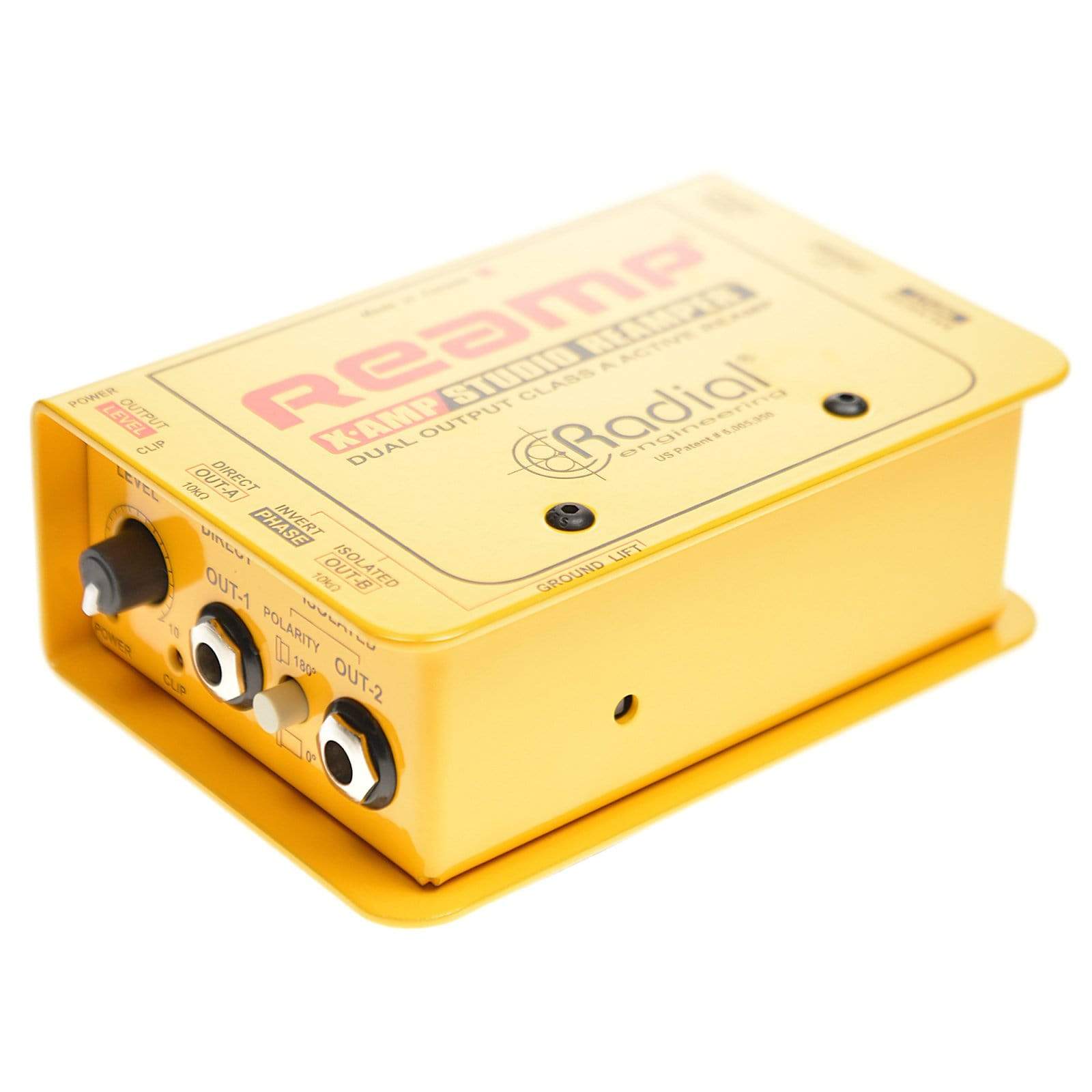
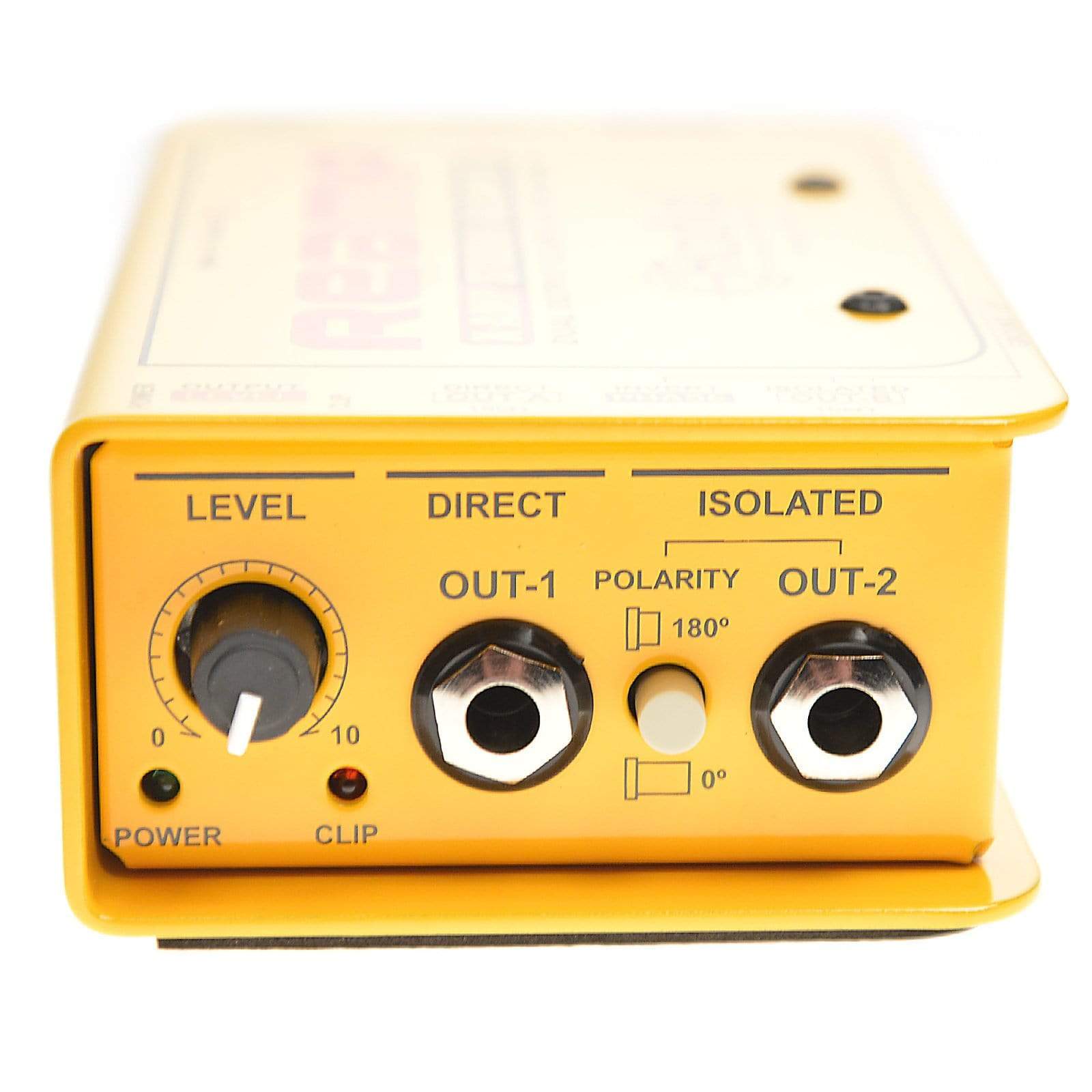
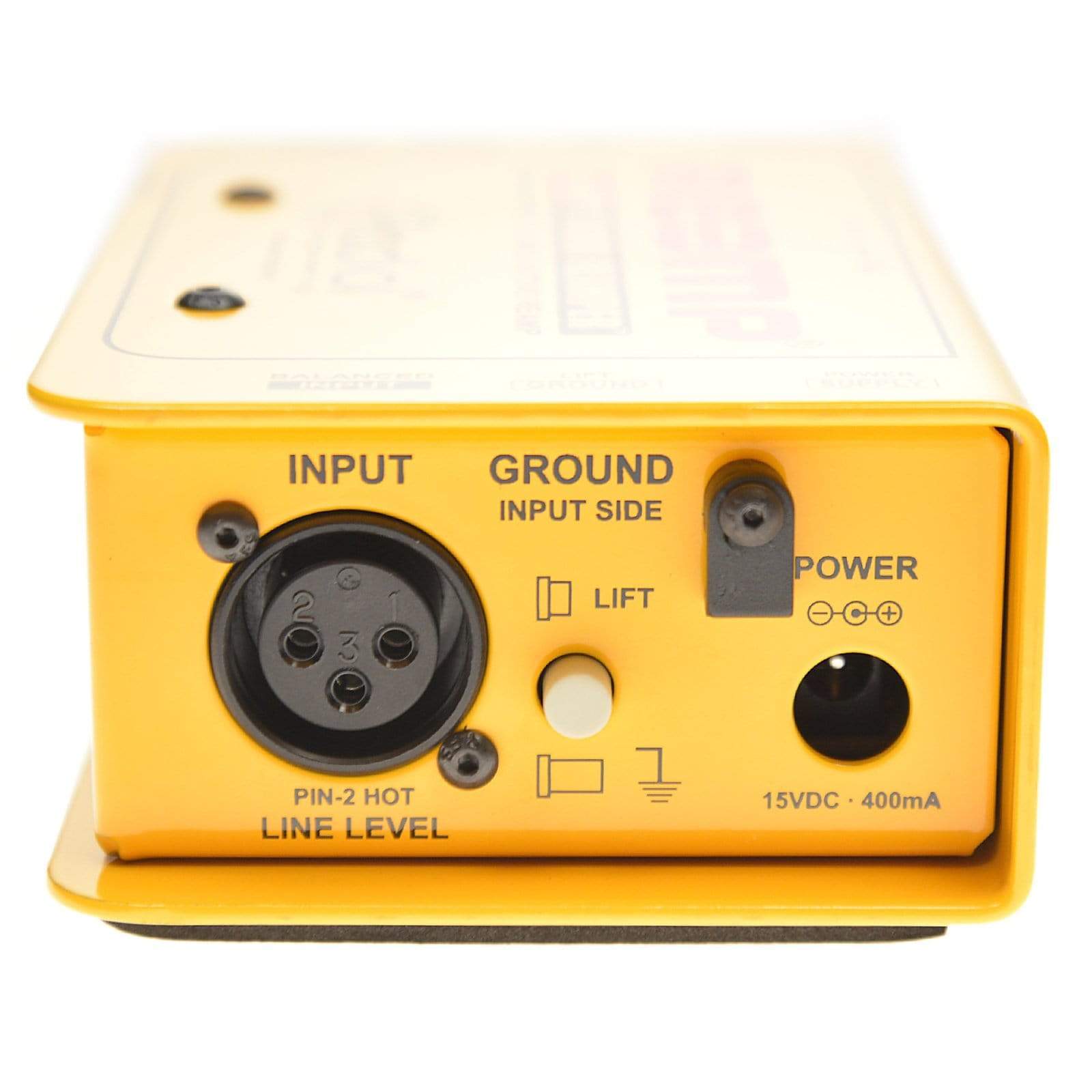
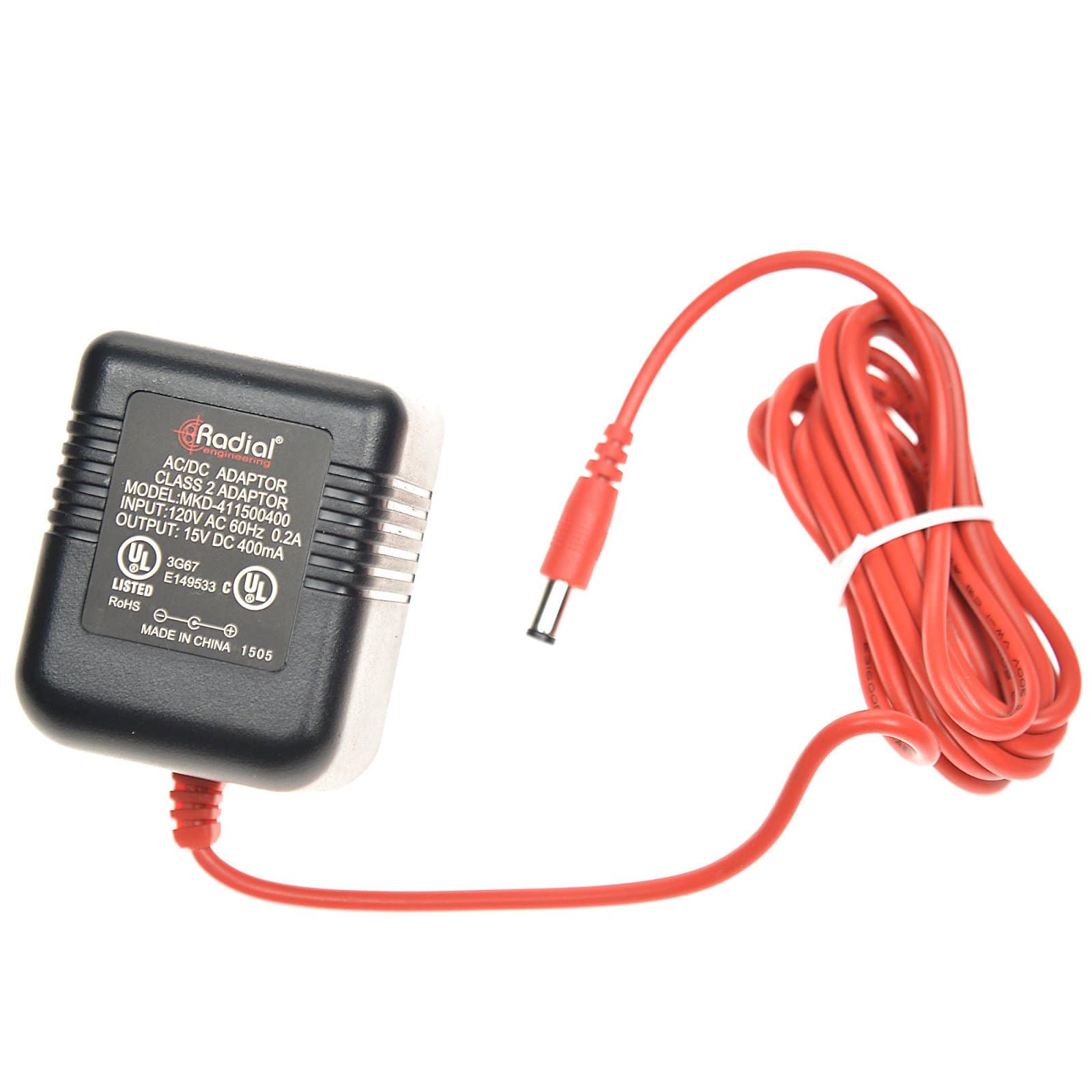







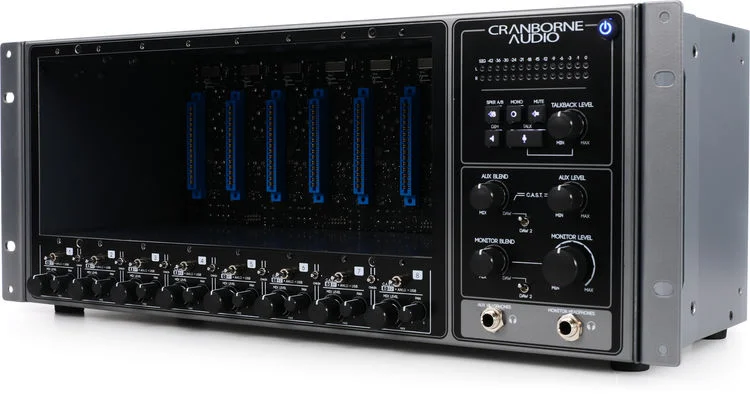










Reviews
There are no reviews yet.